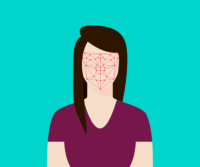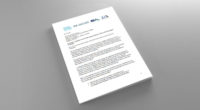The Security Industry Association (SIA) has published an analysis looking into the scientific studies used to support anti-facial recognition arguments.
In the analysis, Jake Parker of the Security Industry Association and Rank One Computing's David Ray argue that while there is evidence that some, especially older, versions of this technology have struggled to perform consistently across various demographic factors, the claim that it is inherently less accurate in matching photos of Black and female subjects does not reflect the current state of the science and that some of the evidence cited in calls for banning facial recognition is irrelevant, obsolete, nonscientific or misrepresented.
“In many cases, the sole reason given for banning the use of facial recognition is the claim that photo matching technology is inherently inaccurate with respect to photos of women and minorities,” the analysis states.
In this piece, Parker and Ray discuss specific tests and studies cited by critics of facial recognition, the 2019 NIST demographic effects report and NIST's ongoing research and next steps to addressing accuracy concerns, including how policymakers can address these concerns and encourage ethical, responsible use of facial recognition technology. MIT’s Gender Shades paper, published in 2018, a 2012 FBI study and the ALCU’s 2018 “intentionally skewed” test are also examined.
According to data from the NIST’s evaluation from June 28, each of the top 150 algorithms are over 99 percent accurate across Black male, white male, Black female and white female demographics. White male is the lowest performing of the four demographic groups for the top 20 algorithms. For 17 of these algorithms, accuracy for white female, Black male and Black female are nearly identical at 99.8 percent, while they are least accurate for the white male demographic at 99.7 percent.
According to Parker and Ray, policymaking should focus on ensuring that facial recognition technology continues its rapid improvement, that only the most accurate technology is used in key applications and that it is used in bounded, appropriate ways that benefit society.
Read the full analysis on the SIA website.






